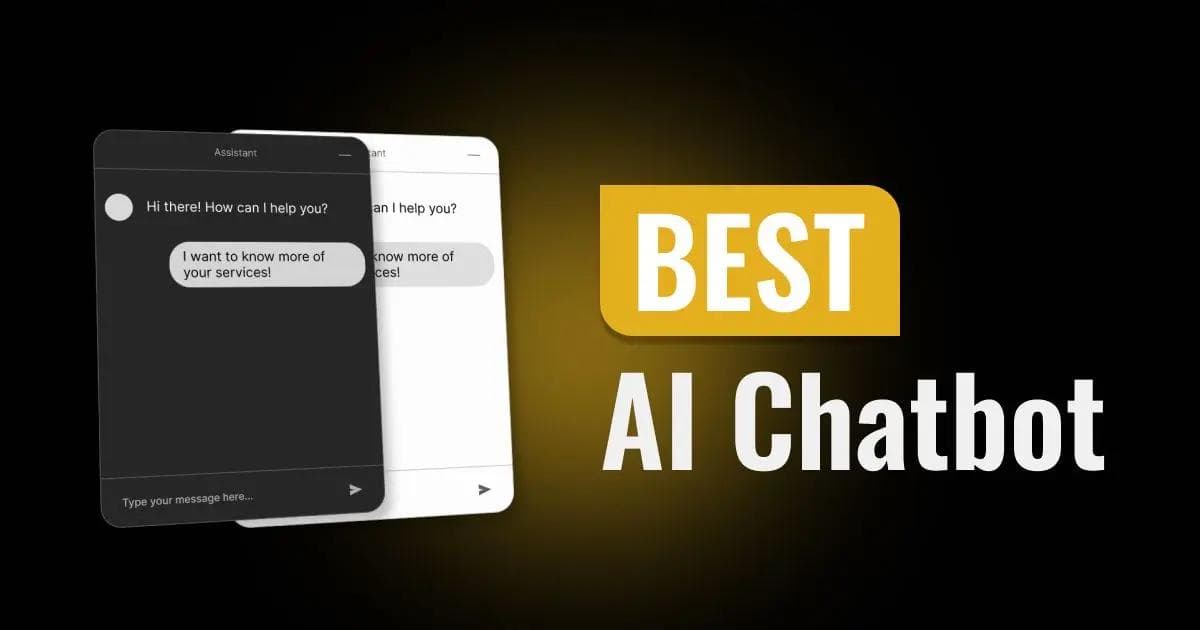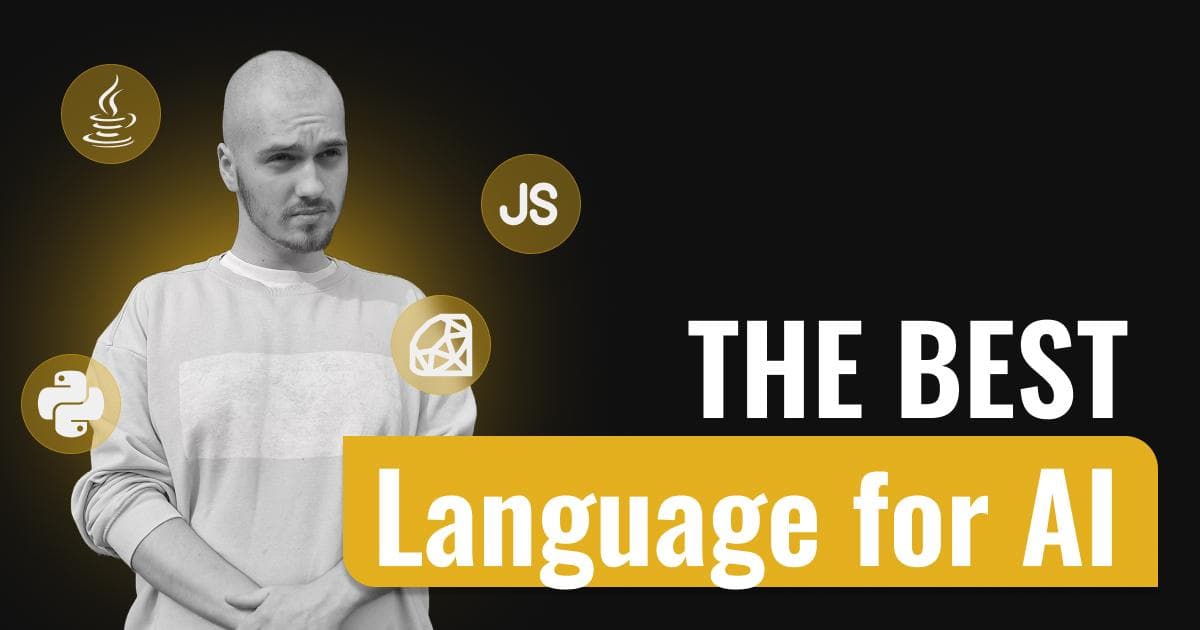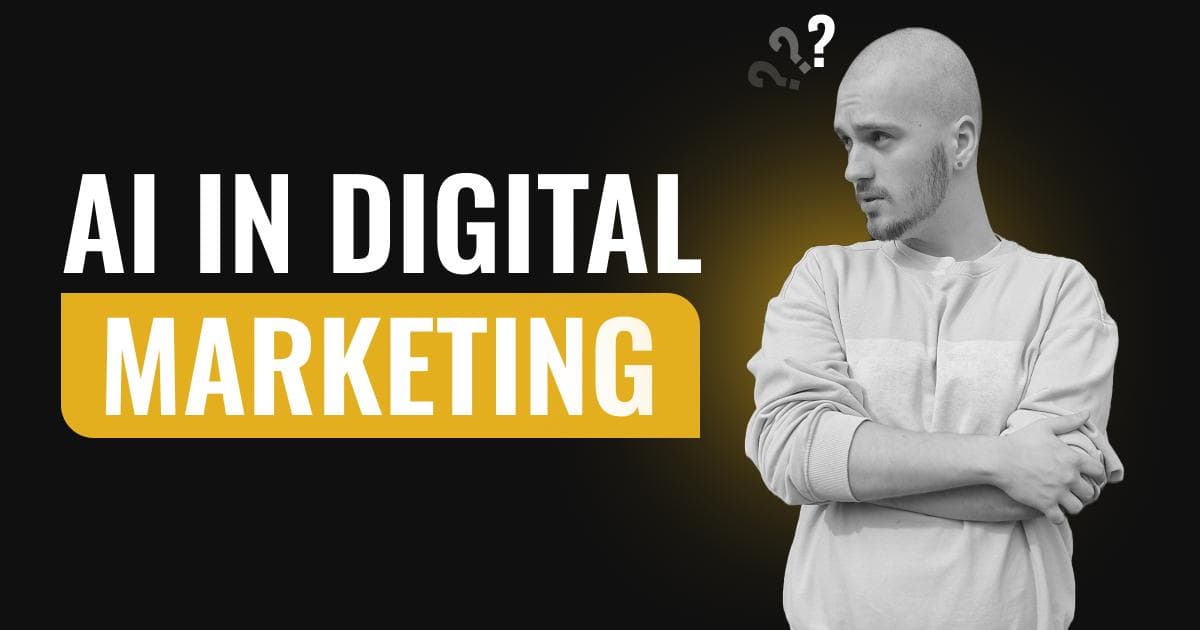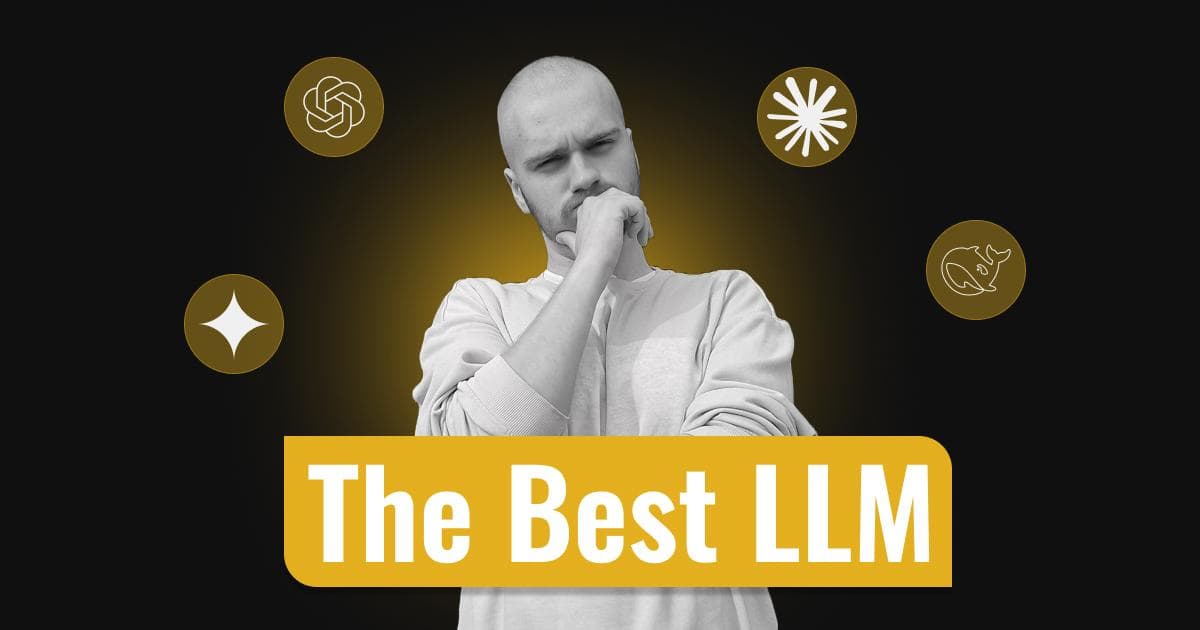Types of Large Language Models - AI
Cezary Klauza
Created at 5/26/2025
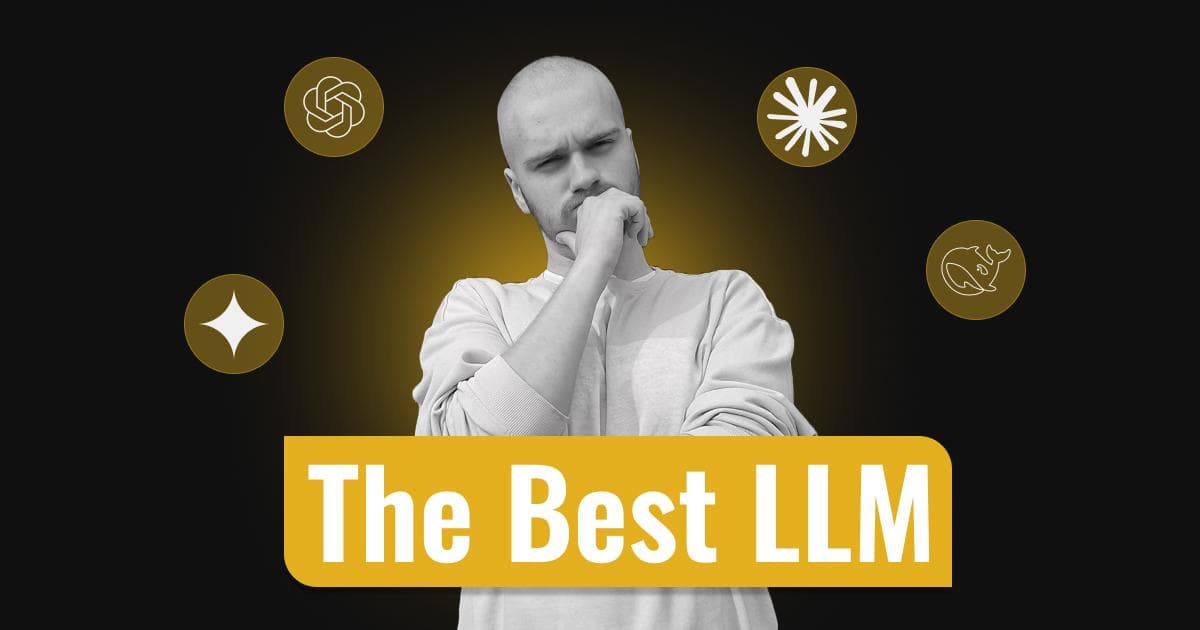
At this point, there’s probably not a single person in the world who hasn’t heard of ChatGPT. However, besides the model from OpenAI (the company that created GPT), there are many other Large Language Models (LLMs). If you’re not sure what LLMs are, they’re artificial intelligence models you can interact with using text—and they’ve been trained on MASSIVE datasets. Really massive…
Now that I’ve explained what LLMs are, it’s time to go over specific examples, along with their strengths and weaknesses.
ChatGPT
It’s probably no surprise that the model from OpenAI opens our list. This is the first model in the world that truly revolutionized the market. The latest models - GPT-4o and GPT-4.5 - are excellent at creative content generation and understanding user intent.

The 4o model is a bit weaker than 4.5 when it comes to comprehension, creativity, and has a smaller text limit per chat. However, its big advantage is that it’s faster and cheaper.
Claude (Anthropic)
To be honest, this is the second of the current top three LLMs. It’s very good at complex mathematical calculations and programming. It’s perfect for analytical work. Its advantages include safety, long-text analysis, and a brilliant math-and-coding mind.

On the downside, it doesn’t have as advanced a web search mechanism as GPT, and it falls behind in creative content generation. As a developer, I would choose Claude 3.7 Thinking to assist me in my projects. But for someone working on marketing content, the previously mentioned OpenAI model would likely be a better fit.
Gemini
What Google is doing (yes, this model is made by the tech giant) is a bit over the top. Their model wasn’t particularly impressive at first and mostly stayed behind. But recently, it suddenly outperformed Claude in performance and math—and let’s remember, Claude was known for its performance and solving complex mathematical tasks.

Gemini 2.5 delivers phenomenal results and can integrate with Google Docs. If you use Google Workspace at work, this is a logical and solid choice. Its API is also free, though there are limits regarding model access and token usage (which refers to the amount of text the model must analyze and generate).
Still, its biggest strength is an outstanding search mechanism, which makes it ideal for research. However, when it comes to research—it's worth moving to the next item on the list…
Perplexity AI
This is a true AI-based search engine. It processes natural user queries and "scans" the web to provide an answer. I believe it’s underrated due to its average performance compared to the previous giants. But it’s not meant to analyze massive datasets, build applications for programmers, or anything like that. It’s a real Game Changer for research. But remember that Perplexity AI uses LLMs as GPT to find right results, so it isn't the real LLM.

DeepSeek R1
This is a Chinese model that made a strong entrance into the AI market. Although many people have concerns about data privacy and it’s not as good at creativity as GPT. It was, for some time, a top model in terms of mathematical and programming performance.

If you need logical reasoning, analysis, or help with coding, it’s a really solid option.
Other LLMs
I didn’t include models like Grok by X (formerly Twitter) or Meta AI, because they don’t particularly stand out. They’re rather average - which doesn’t mean they’re bad. On the contrary, they’re still very advanced and capable.
In Summary
Most of these models will be fairly similar in day-to-day use. So, if you don’t have a clearly defined goal, it’s best to go with the one that simply feels right for you.
If you're using a built-in chat and developing AI-powered solutions, choose the model you enjoy working with the most.
